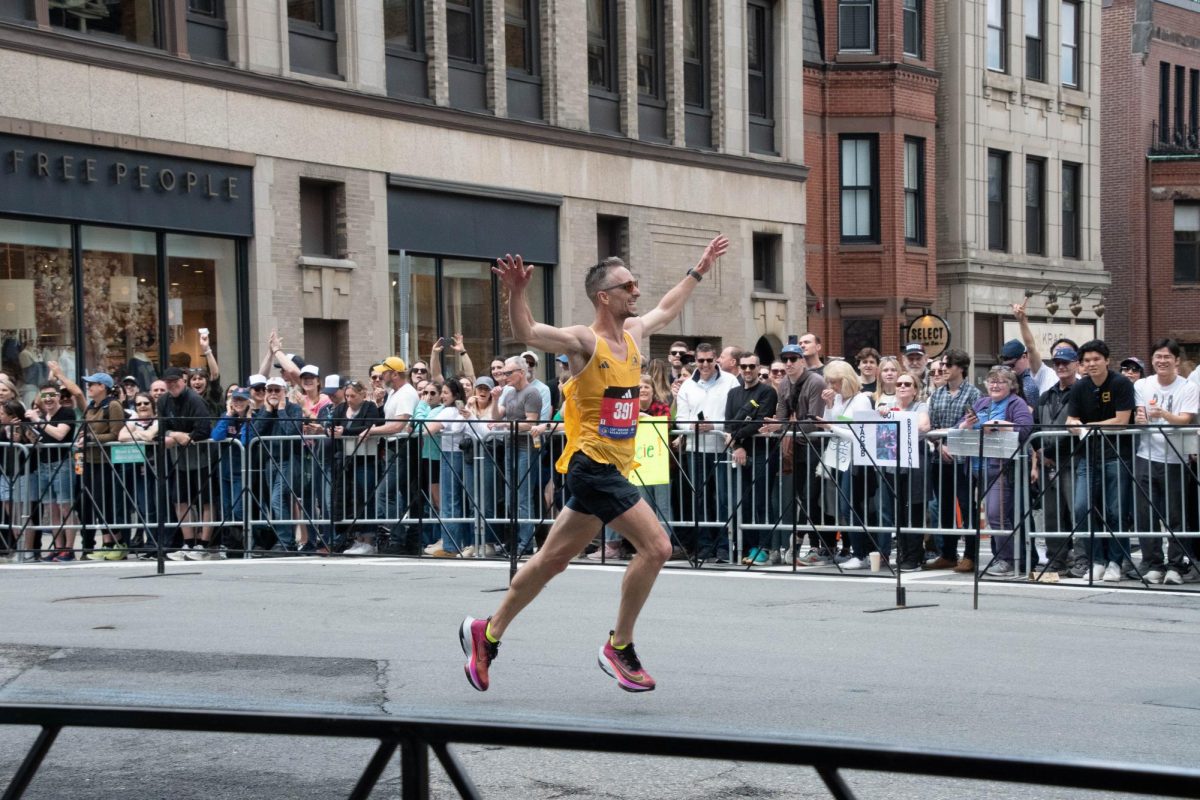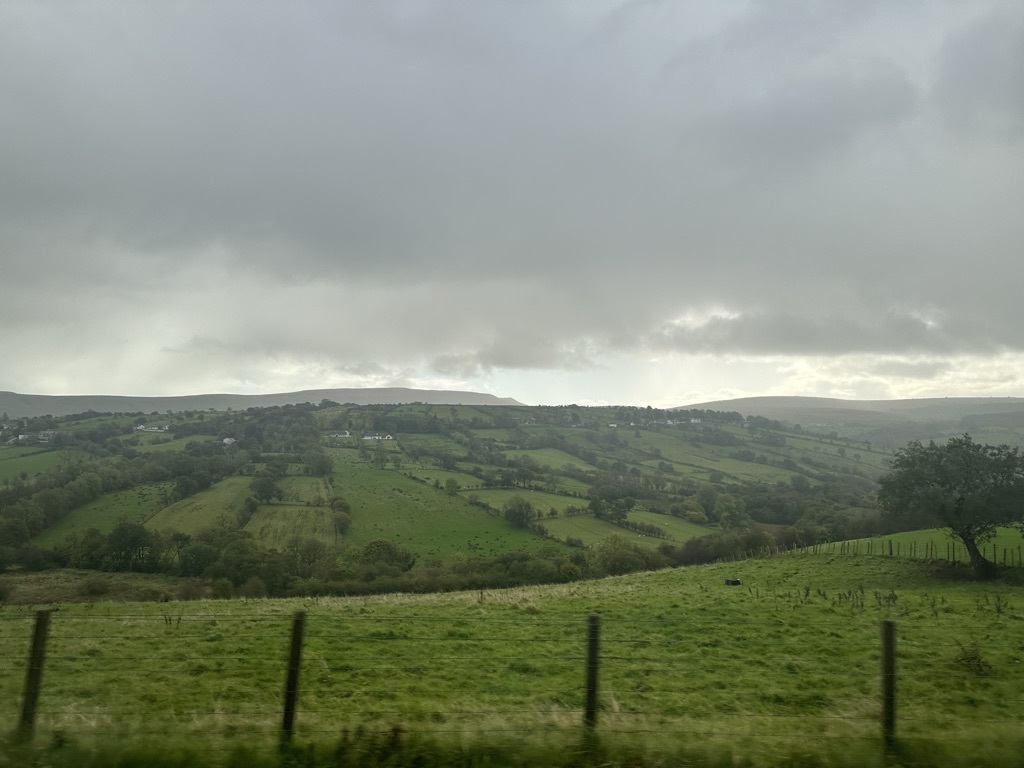By Sara Tucker, Inside columnist
National disasters and terrorist attacks often bring confusion and fear to thousands of people. After the Boston Marathon bombing, Bostonians, runners and people around the world were left asking, “why?” In recognition of a year gone since the bombings, two reporters for the Boston Globe, Scott Helman and Jenna Russell, published their collaboration, “Long Mile Home,” in an attempt to answer this question.
Despite the fact that the reader knows the outcome of the events of that day before even beginning the book, the strength of the story is not lessened. And although Helman and Russell both work as reporters, it does not falter at all narratively.
The prologue asserts that “there is hardly a bigger tradition than Marathon Monday … It’s a chance to breathe in a place that defines high-strung, a chance for Boston to put aside, at least for a moment, its tribalism and fractiousness, to welcome outsiders to a town not always known for its hospitality. To celebrate the top runners but also the stragglers, the strivers and the hobbyists, all of them laced up and pointed toward the sea.”
“Long Mile Home” tells the story of five people involved in the bombings that day: victims Heather Abbott and Krystle Campbell, police officer Shana Cottone, surgeon David King and race director David McGillivray. It switches perspectives between them as the day progresses, and the impending sense of doom grows. The reader knows the climax of the story already, but it’s impossible to put the book down as the moment comes closer and closer.
Up until the bombing itself, the reader is given a plethora of information about the lives of the five people, as well as the feel of Boston itself that day. Although the focus shifts with the individuals, the authors lose no opportunity to profile the city: the celebration and the support, as well as the shock and dread after the fact.
And although the focus of “Long Mile Home” is the bombings, it follows the confusion of the week after the event and doesn’t come to a close until 11 days later, in one of the most touching scenes of the book, in which race director McGillivray runs the 26.2 mile route to keep a promise to his grandfather to finish the race as long as he was able – he runs it the afternoon of the marathon almost every year, but the events of that year didn’t allow him to fulfill his promise until 11 days later, when Boston was finally given the all clear and the surviving Tsarnaev was taken into custody.
In addition to the five primary characters, the book follows the Tsarnaev brothers, presenting as much information as is known about them to this point: their general histories, how they were doing in school, what they did leading up to the bombings and their capture. The story is thorough without being repetitive, and enlightening without being overly speculative. The authors hypothesize about the eldest Tsarnaev’s mental state, or lack thereof, and how it might have contributed to his decisions leading up to that day.
Helman and Russell succeed as much as possible with “Long Mile Home.” The book won’t be topping any best seller lists, and for those who do choose to read it, they probably won’t pick it up again. Although the story is touching, its truth makes it that much more painful, and readers can’t help but shed a few tears at the anger, fear and misunderstanding felt by those standing near the finish line when the bombs went off. Campbell isn’t just a character in the story, she’s a real person that many identified with – her life and her death as depicted in the story are the life and death that those who love her described. She is not a made up character, but someone who lived just as we have, and just as we continue to.
Despite the tears that may come, “Long Mile Home” is not a story to be overlooked, and it is one that sheds light on an international disaster while motivating the reader. Runners will want to lace up their own shoes and hit the pavement for those who are no longer able, and others will want to take a stand for those who died or suffered that day. “Long Mile Home” tells the story of Boston on April 15, 2013 and the aftershocks that still tremble through the city in a way that is elegant, informative and incredibly memorable.
Photo courtesy Megan Marrs, Creative Commons.














